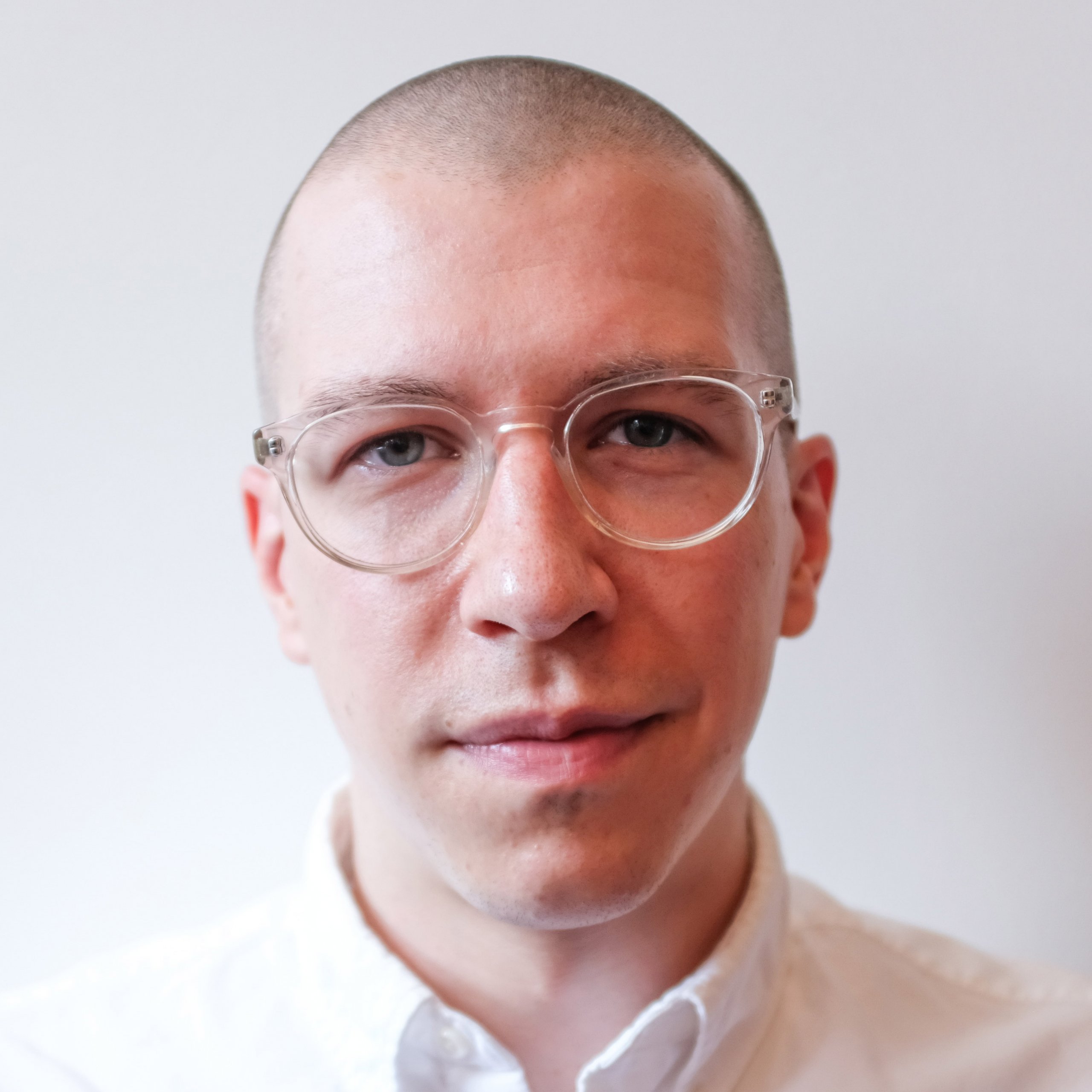
The joke goes that if you ask 100 designers to define design, you’d get 100 different answers. Design is both a noun and a verb, a process and a product, an action and a result. It shapes how we live at the micro and macro scales from the typography on the phones in our pockets to streets we drive on to the systems that provide services to us on a daily basis. Designers are both problem solvers and cultural inventors, working with other disciplines to meet the needs of end-users and imagine new, more equitable and sustainable futures.
I had the honor of being named the 2022-2023 Latham Fellow at the Institute of Design at Illinois Tech. My fellowship, coinciding with the school’s 85th anniversary, provided an opportunity to look at the work being done and the thinking happening in this community today. Dean Anijo Mathew articulated four eras in the school’s history: experimentation, systems, design thinking, and a current, as-of-yet-unnamed era. These eras, I believe, are not simply the history of ID but also the history of design. Each era doesn’t replace the one before it but rather expands upon it, therefore expanding the role and responsibility of design and the mandate of the designer.
For me, this raises all sorts of questions from how we teach the design students of tomorrow to how designers can find their place in increasingly complex systems, from how we think through our relationship with emerging technology to how a designer should think about their work beyond the immediate impact. In this collection of interviews, I had deep and wide-ranging conversations with the faculty at ID about how they are thinking through these questions today to better understand the future of design pedagogy and practice. A driving idea in my work is that every generation gets to reinvent design for themselves. These conversations, I hope, point to new definitions.